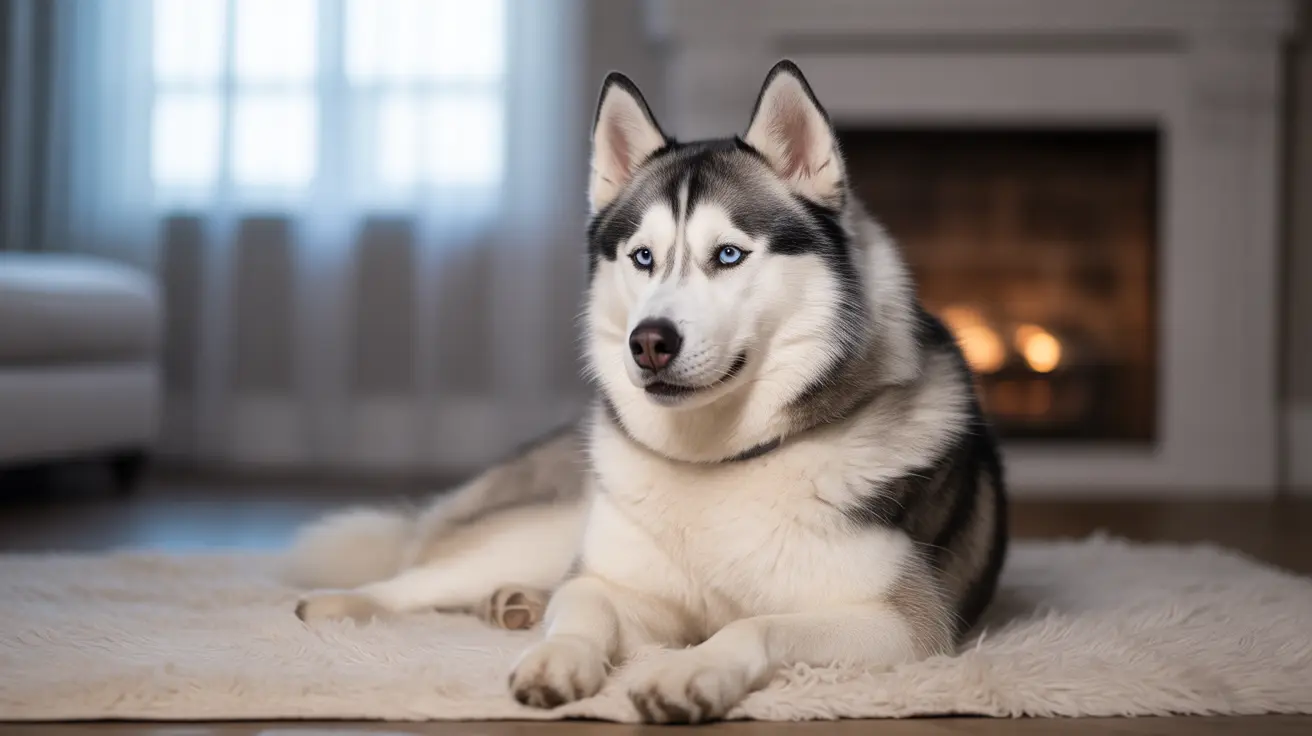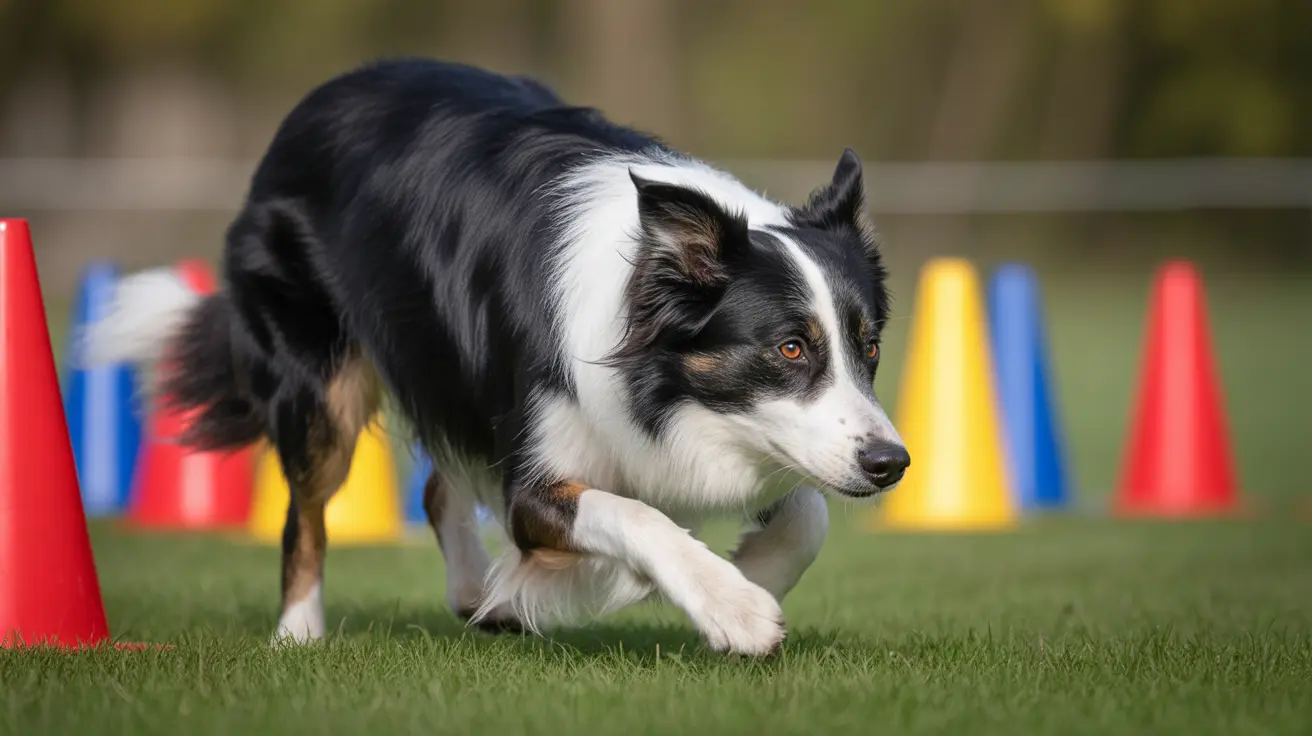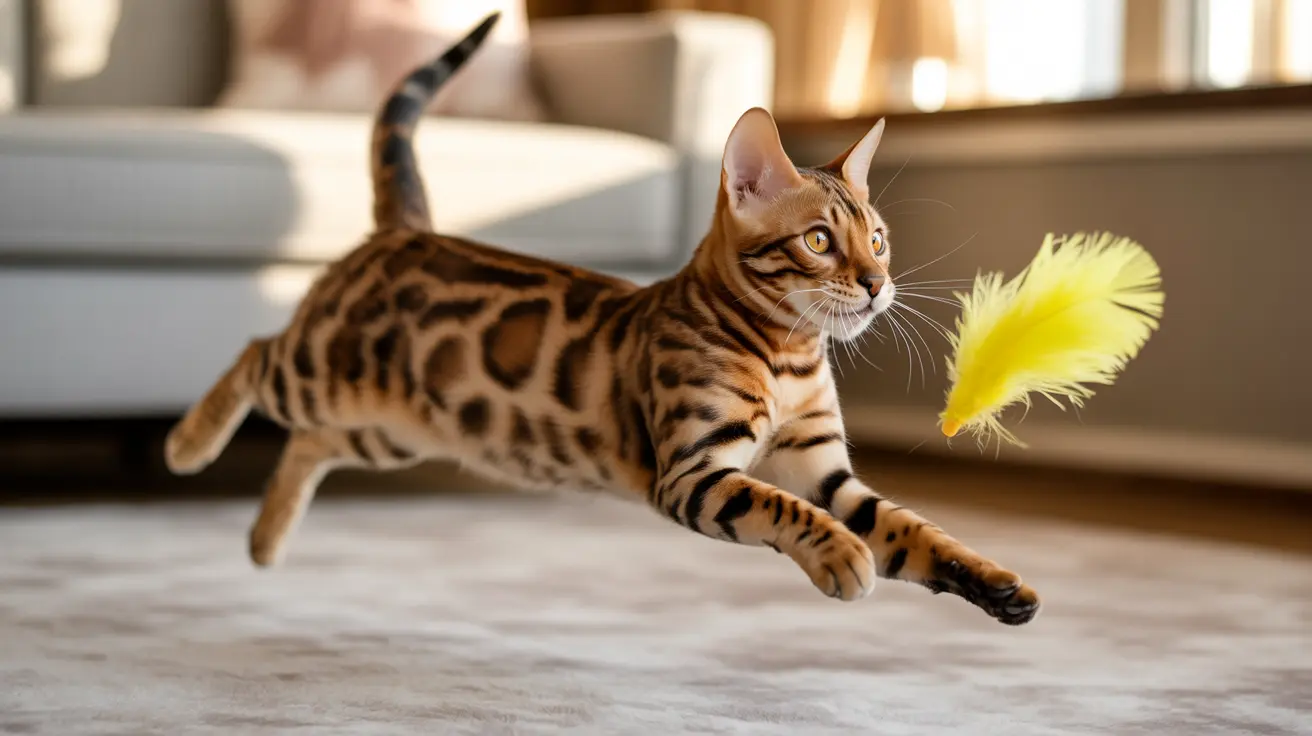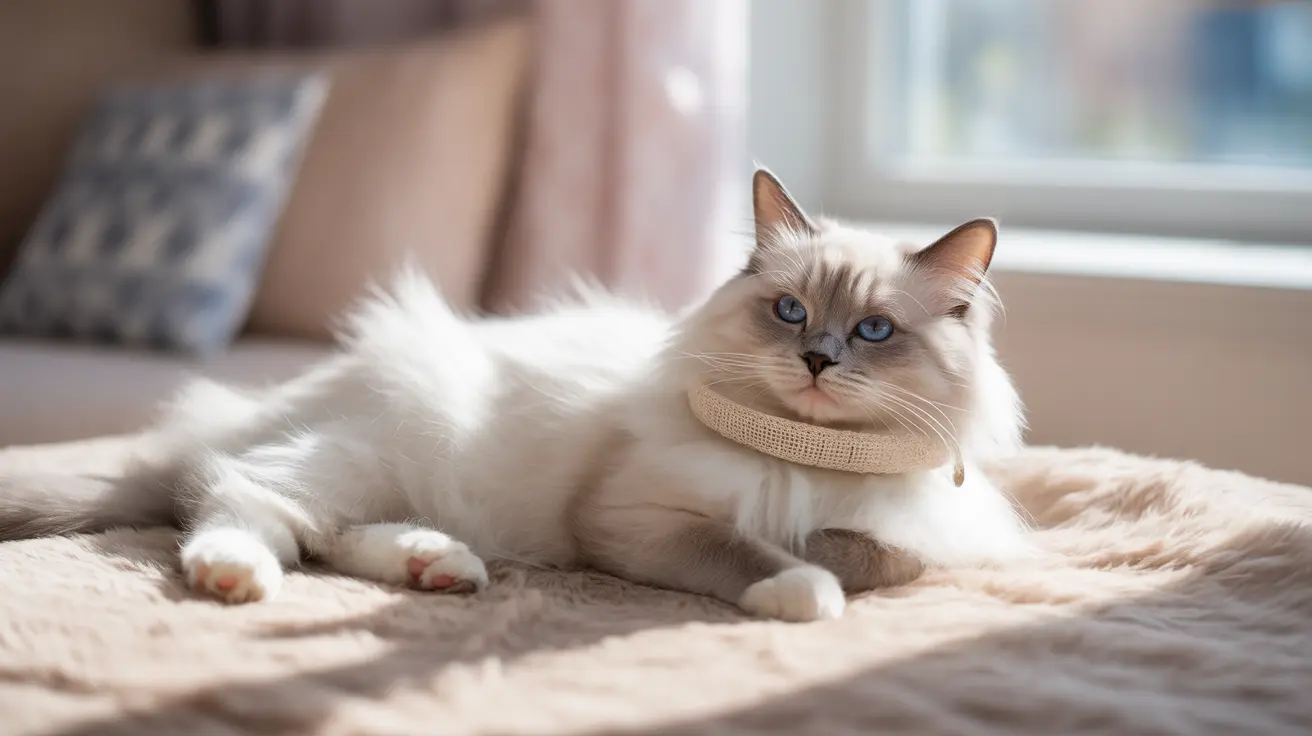Many pet owners, especially those with both cats and dogs, often wonder if their canine companions can purr. While dogs don't technically purr like cats do, they do make similar contentment sounds that might remind you of purring. Let's explore what these sounds really are and what they mean for your four-legged friend.
Understanding your dog's vocalizations is key to strengthening your bond and ensuring their well-being. When dogs make purr-like sounds, they're actually producing a different type of vocalization that serves its own unique purpose in canine communication.
The Science Behind Dog "Purring"
Unlike cats, dogs lack the specialized anatomical structures that make true purring possible. Cats have unique anatomical features in their larynx, including special fatty tissue pads in their vocal cords, that allow them to create the continuous vibration we know as purring.
Dogs, however, produce their "purr-like" sounds through regular vocal cord vibrations. These sounds are more accurately described as rumbles, grunts, or soft moans, and they're created differently than a cat's purr.
Common Types of Dog Happy Sounds
Rumbling and Grumbling
When your dog is content, they might produce a low, rumbling sound that some owners mistake for purring. This sound often occurs during petting sessions or when your dog is particularly relaxed.
Pleasure Grunts
Many dogs emit soft grunting sounds when they're happy or satisfied. These vocalizations are especially common during belly rubs or ear scratches.
What These Sounds Mean
These purr-like sounds typically indicate:
- Contentment and relaxation
- Happiness and pleasure
- Social bonding
- Anticipation of something enjoyable
Understanding these vocalizations can help you better interpret your dog's emotional state and strengthen your relationship with them.
When to Pay Attention
While most purr-like sounds are positive, it's important to understand the context. Watch for:
- Body language cues
- Situational context
- Other accompanying sounds
- Changes in normal vocalization patterns
Breed-Specific Tendencies
Some dog breeds are more vocal than others and may be more likely to make purr-like sounds. Breeds known for their vocal nature include:
- Huskies
- Alaskan Malamutes
- Basenji (who make unique yodeling sounds)
- Various small companion breeds
Frequently Asked Questions
Can dogs actually purr like cats, or are the sounds different?
No, dogs cannot purr like cats do. While they can make similar-sounding vocalizations, true purring requires specific anatomical features that only cats and a few other species possess. Dogs produce rumbling or grumbling sounds through different vocal mechanisms.
What do the rumbling or grumbling noises my dog makes mean?
These sounds typically indicate contentment, happiness, or relaxation. They're often made when your dog is receiving attention, being petted, or feeling particularly comfortable.
Why do some dogs make purring-like sounds when they are relaxed or happy?
Dogs make these sounds as a form of communication to express pleasure and contentment. It's their way of letting you know they're enjoying the moment and feeling secure.
How can I tell the difference between my dog's "purr" and a growl or warning sound?
Context and body language are key. A happy rumble will be accompanied by relaxed body language, while a growl typically comes with tense body posture, raised hackles, or other signs of discomfort or aggression.
Are there any health or emotional benefits for dogs when they make purring-like sounds?
While not studied as extensively as cat purring, these contentment sounds are associated with positive emotional states and reduced stress levels in dogs. They often occur during moments of bonding, which can strengthen the human-animal relationship.
Conclusion
While dogs don't technically purr, their happy rumbles and grumbles serve a similar purpose in expressing contentment and pleasure. Understanding these vocalizations helps us better connect with our canine companions and recognize when they're feeling happy and secure.






